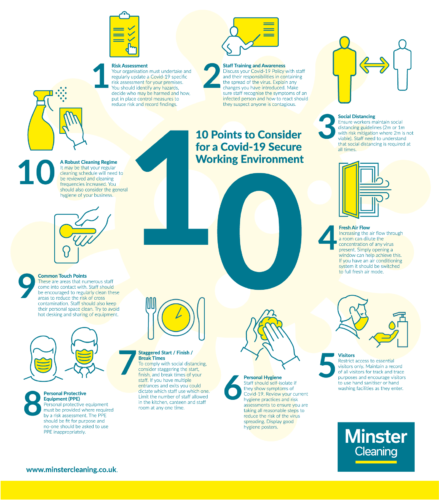
Due to the political uncertainties and the ongoing global pandemic COVID-19, the international business industry still faces tremendous uncertainties. The increasing number of cases worldwide narrowed all forms of business operations drastically, resulting in countries imposing travel bans and isolating borders until the lockdown period. The International and local trade faced a decline in every sector precipitously throughout the pandemic. Hundreds and thousands of businesses still operate remotely in all parts of the world. However, besides the impact of COVID-19, modern technology, and the changing consumer preferences enabled the firms to redefine their structure and distribution channels to meet the competition.
Luckily, the situation of the pandemic is slowly easing in many parts of the world. Techniques and safety measures to tackle COVID-19 are also evolving, reducing the risk factor in resuming the businesses. This article discusses critical steps to ensure health and protection in offices.
Undertake a Risk Assessment
At places where occupational exposure to health risk in the capacity of COVID-19 lies openly, employers must implement biological risk assessment measures throughout the facility. It is crucial to communicate suitable measures to mitigate any potential threat of infection to every organization’s department. Furthermore, companies must not overlook the need to regularly review and update the risk assessment, prevention, and control practices.
Maintain Distance & Wear a Mask
As per international instructions for COVID-19 prevention, organizations must ensure the separation of 2-meter between every worker. However, at places where this distance is hard to maintain by practical means, other protective measures as per the given infographic source should be put into practice.

Employees must try to maintain at least a 1-meter distance while working. Workers should avoid any direct contact among themselves and create hand-washing habits with hygiene aids such as sanitizer, instant soap, etc. After completing any task at a place of potential COVID-19 exposure, employees must perform health hygiene. Furthermore, in mass gatherings, such as restaurants, management should install physical barriers, such as transparent glass or plastic screens.
Employers should also ensure the availability of free surgical facemasks to all workers, in line with health department instructions. Also, employees must be told strictly not to use the same facemask for multiple days or share the used mask with any other person. Organizations must ensure thorough cleanliness and proper disposal of used prevention kits to effectively control and prevent the virus’s spread at every level. Moreover, in places of large footfall, management should install sanitizer gates and temperature scanners to mitigate virus carriers’ chances to enter the facility.
Implement Engineering Control Procedures
Measures that isolate the worker from the area of potential hazard are called engineering control procedures. In workplaces, they are the practices to reduce exposure chances without depending entirely on the worker to follow the instructions strictly. Few of the most efficient techniques to implement engineered preventive measures are:
- Install air filters in the workplace that work with supreme efficiency round the clock.
- Enhance ventilation in the working environment and station fewer people in one place.
- Install protective shields (glass or plastic) between the workers’ desks as sneeze guards.
- Create a drive-thru window for external dealing with the customers.
- Use aerosol procedures for pressure ventilation in particular settings.
Besides engineering procedures, personal health evaluation practices must also be encouraged among the employees. Virtual health checks, such as temperature screening, can ensure safety in the workplace. However, these screening checks are not alternatives to other mandatory safety measures such as covering your face, frequent sanitizer use, maintaining distance, etc.
Electronic monitoring systems installed at the workplace entrance could contribute effectively to a prior diagnosis of hazards. Anyone diagnosed with the symptom of COVID, he/she should practice at least 14 days of isolation before returning to work.
Consider Flexible Policies
During these challenging times, organizations must ensure flexible sick-leave policies, which will reduce the hazards of the virus and guarantee employee protection. Maintain such policies and allow your employee to work from home in case of any emergency. Employers can also allow paid leaves to encourage their workers to perform better once they are back to work.
Most people having mild COVID-19 symptoms can recover in a short period without extensive medical care. Therefore, the earlier you grant your workers leave, the earlier they could return to work. Also, many governments worldwide are offering financial aids to small-to-medium size enterprises to sustain themselves during this time. Thus, in case of inability to support your employees in paid leaves’ capacity, reach out to the government for support.
Conclusion
These are challenging times for all kinds of businesses across the globe. However, with resilience and generous support for one another, we can come out of the crises together. Therefore, to maintain continuous operations at your workplace, employers should ensure acute, preventive measures and support their staff with COVID-19 hygiene aids and other health care facilities.






